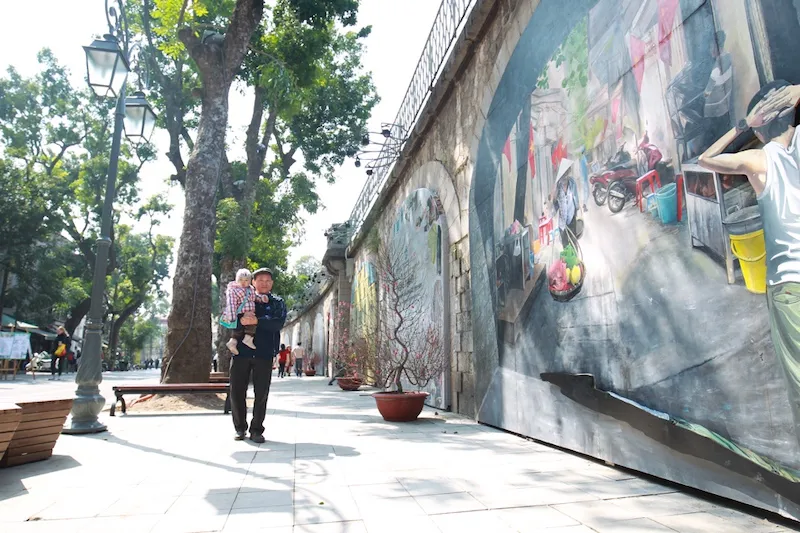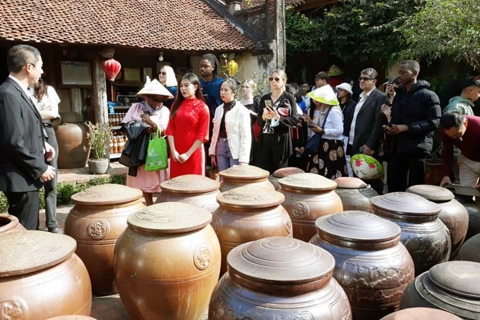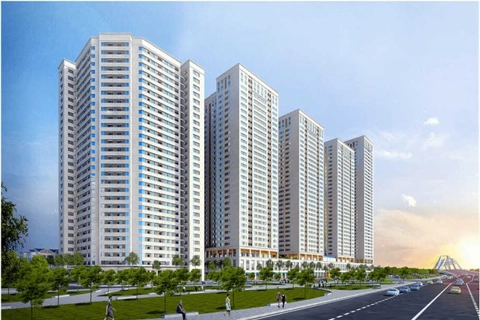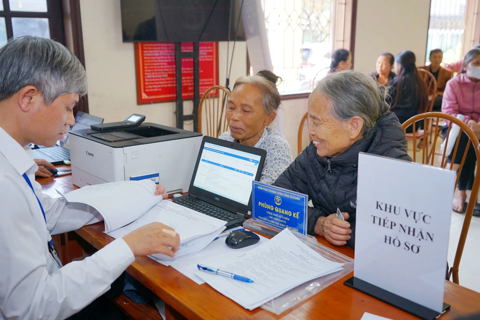Tackling urban tourism challenges in Vietnam
Urban areas in big cities provide ideal spaces for tourism development in Vietnam.
As modernization accelerates, new infrastructure is being built across the country, laying the groundwork for tourism development. However, the high concentration of visitors is causing overcrowding, highlighting the need for sustainable and effective tourism development policies in metropolitan areas such as Hanoi, according to local experts.
| Hanoi welcomes a larger than expected number of visitors in 2023. Photo: Pham Hung/ The Hanoi Times |
Vietnam's strong economic and social development is contributing to robust urbanization. From the perspective of tourism development, modernized urban areas provide attractive experiential spaces and quality services for tourists, according to local experts.
Deputy Director of the Vietnam National Authority for Tourism said that urbanization is a favorable condition for tourism exploitation and development.
Tourism activities in Vietnam's urban areas have achieved positive results, accounting for a significant proportion of tourist arrivals and total tourism revenue in the country. Among them, major urban areas serve as national tourism centers, such as Hanoi, Ho Chi Minh City, Quang Ninh, Da Nang City, and Nha Trang (Khanh Hoa Province).
However, experts say that the growth of urban tourism is exposing some significant problems that threaten sustainable development, such as mounting environmental pressure, oversupply of low-quality tourism services, and disruption of the urban landscape by tourism infrastructure projects.
Highly urbanized tourist destinations such as Sa Pa (Lao Cai Province), Sam Son (Thanh Hoa Province), Cua Lo (Nghe An Province) and Dalat (Lam Dong Province) are experiencing traffic congestion and over-capacity during peak seasons.
In Hanoi, the distribution of tourist arrivals is uneven, with a higher concentration in central districts than in suburban areas.
Truong The Vinh, deputy director of the Institute for Tourism Development Research, believes that overtourism in urban areas leads to higher living costs, social problems, and negative impacts on cultural heritage preservation and environmental protection. This situation is not unique to Vietnam's urban areas, but also to many countries around the world.
Minimizing detrimental effects
Mitigating the negative impacts of the large influx of tourists on urban areas is a challenge for localities in terms of urban planning, urban management and tourism management.
At a scientific conference on "Sustainable Tourism Development in Vietnam's Urban Areas - Challenges Ahead" held in early November, Pham Trung Luong, Vice Chairman of the Vietnam Association of Tourism Training, stressed that in order to ensure sustainable tourism development in urban areas, Vietnam needs to focus on urban policies that consider tourism as the spearhead of the economic sector and strengthen the tourism management capacity of local authorities.
| A corner of the Thien Son - Suoi Nga eco-tourism complex. Photo: Trong Tuan |
On sustainable tourism solutions for urban areas and reducing environmental pressure, Truong The Vinh from the Institute for Tourism Development Research suggested that localities should apply Industry 4.0 technologies in urban management, develop smart and green cities, and expand tourism areas and destinations.
In Hanoi, the management of tourism development in urban areas and the preservation of cultural spaces, living and ecological environments have always been a priority. Recently, the Hoan Kiem District People's Committee asked the Hanoi Department of Culture and Sports to better regulate the pedestrian area around Hoan Kiem Lake to prevent weekend flea markets.
Only cultural and sports events, as well as stalls with aesthetically pleasing designs that do not harm the landscape, environment, or the safety of residents, will be allowed, ensuring safety and fire protection in the Hoan Kiem Lake area.
This initiative by the Hoan Kiem District People's Committee aims to prevent excessive influx of tourists, noise pollution and disturbance of the living environment in the central area of Hanoi.
Currently, Hanoi is committed to building new creative and highly experiential spaces and expanding tourism areas to the outskirts of the city to reduce the concentration of visitors in central Hanoi.
Dang Huong Giang, director of the Hanoi Tourism Department, said that in addition to heritage tourism experiences in the city center, eco-tourism, community-based tourism and resort tourism combined with golf tourism are rapidly developing in the outskirts of Hanoi.
"This will serve as a foundation for Hanoi to build a smart and modern city while promoting sustainable and effective tourism," she stressed.












